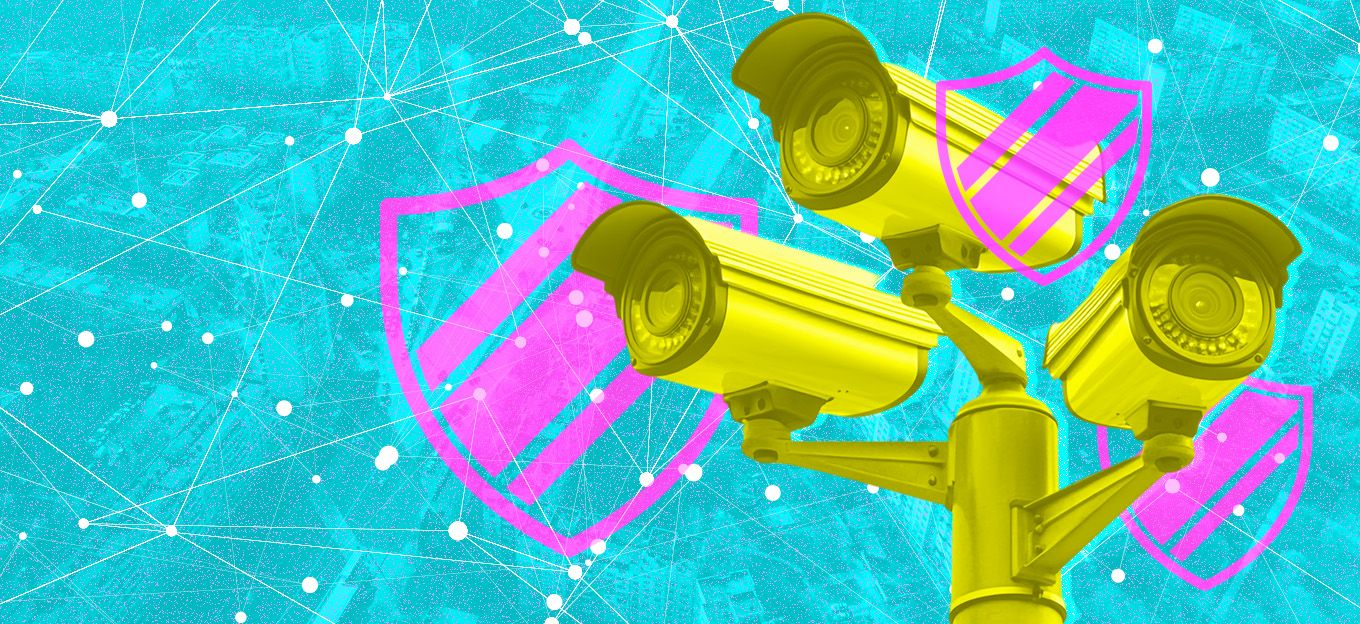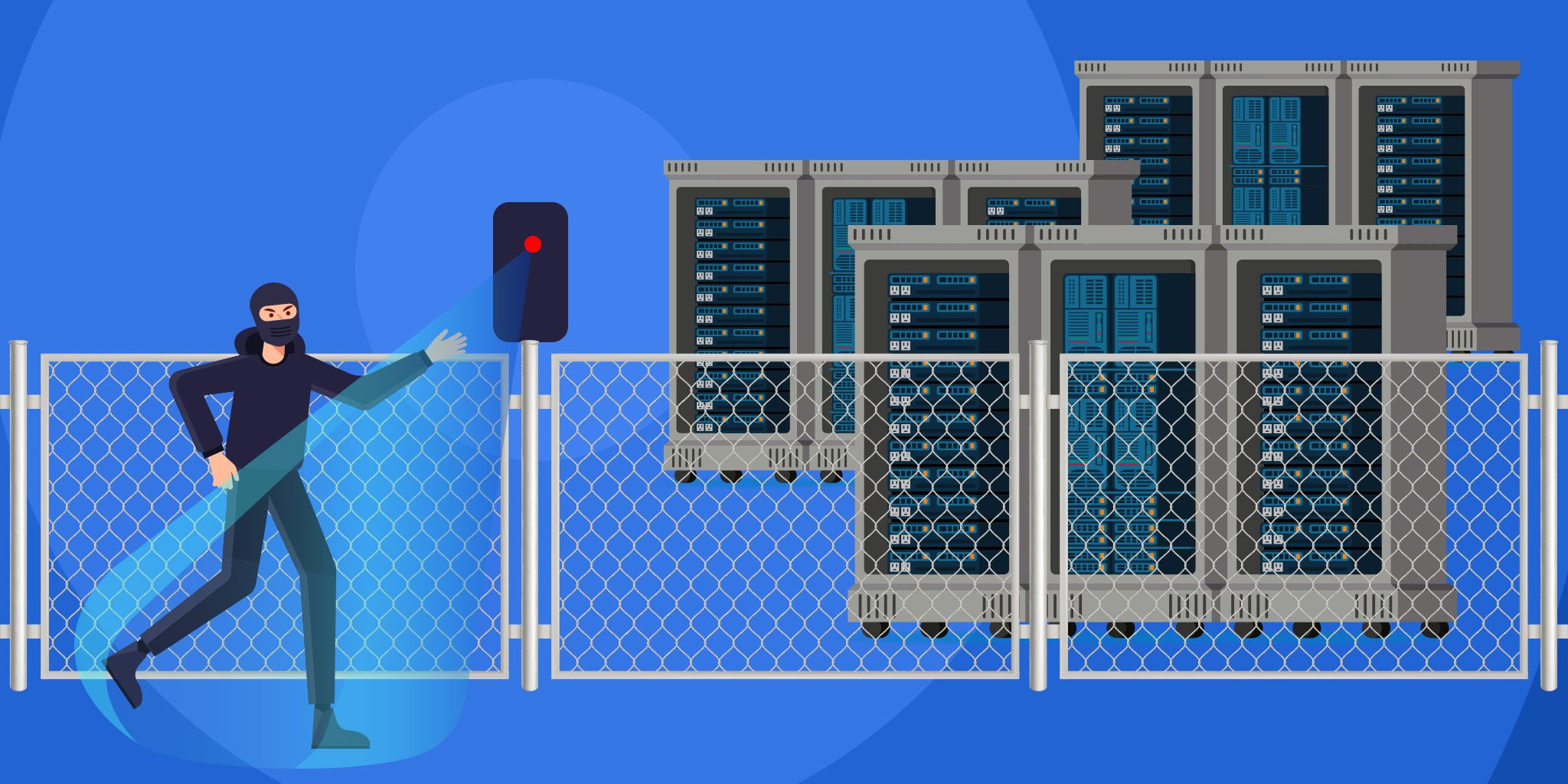The Importance of Video in Building IoT Solutions
The Importance of Video in Building IoT Solutions
- Last Updated: December 2, 2024
Verint
- Last Updated: December 2, 2024



Data generated from Internet of Things (IoT) devices is growing at a rapid rate. Everything from smartphones and computers to our cars and TVs is capturing information on daily lives and behaviors. More than ever, businesses are looking to develop an IoT strategy to analyze this kind of data that can benefit their bottom line. However, many companies feel that establishing a strategic approach to IoT is complicated. In reality, the beginning of an IoT plan is as simple as looking out your window: the existing video surveillance investments your company already has in place are the exact place to start.
When relevant data is properly incorporated into a holistic system, it can reinforce a host of other business efficiencies and security protocols before and after an incident.
Video as Intelligence
In today’s technology-driven world, most business operations and security decisions are based on data. When it comes to protecting what matters most to an organization, business leaders rely on information from a multitude of systems and solutions, such as IT, video surveillance, access control, building management, weather and traffic systems, and more, to ensure situational awareness. However, video has been the most prevalently used tool to capture data. According to a study by Seagate Technology, approximately 566 petabytes of data were being generated in one day from new video surveillance cameras installed worldwide in 2016. This daily data volume is estimated to reach 3,500 petabytes by 2023.
However, this influx of video data can be overwhelming, difficult to understand, and time-consuming to analyze. In most cases, manual processes are needed to synchronize an event across all security components for full awareness, which can increase the risk to people and property. For example, when operators are overseeing operations from the control room, it can be challenging to understand the events as they are presented from multiple sources and dashboards. Additionally, with an abundance of data points, investigations can quickly become burdensome and ineffective.
For operators to make quick decisions and deploy the best response to a given situation, they need a more holistic view: one that connects the dots and breaks down silos to present a complete picture of what’s happening across the entire threat landscape. Also, with the introduction of platforms that value video as the central piece of the operations center, businesses can work more proactively, analyzing data to make decisions before problems arise. With a single, unified interface, operators can do the following:
- Gain a complete understanding of the situation through the combination of IoT data, GIS maps, event management, and bi-directional data sharing across systems.
- Ensure contextual visibility and control over events through both live and recorded video, as well as a graphical representation of all devices (not just video!) and their current status.
- Implement faster response with alarm management tools and automatically manage multiple events in one pane of glass.
Additionally, a centralized video-focused approach allows information and intelligence to be shared easily with external agencies, employees, citizens, and first-responders, which is especially critical in the event of a safety incident where rapid response is paramount.
Intelligence On-Demand
To stay one step ahead and leverage automation and intelligence gathering at even higher levels, businesses need to be able to access data remotely. Mobile devices, such as smartphones, help organizations gain new levels of visibility into personal safety. For example, there are mobile applications that enable users to immediately alert security to a potential issue via their mobile device no matter their location. Operators can then obtain a real-time view of these users, their site, and their current status.
Additionally, mobile video applications can be used to help businesses be more aware of a situation at any given time. Data can be pushed to mobile phones to provide information on an incident so they know more about the event before arriving at the scene. Field personnel can also use these applications to send video back to a command center if needed. Overall, mobility helps ensure the intelligence gathered from IoT sensors can be accessed on-the-go.
Looking Ahead
As technology providers, we need to focus on innovation to help our customers meet the complex and evolving business and security requirements in today’s modern environments. As businesses look to the worlds of big data, artificial intelligence, customer engagement, and the IoT, our goal is to help organizations access the information necessary to gain greater awareness over operations and infrastructure while enhancing safety for people around the world. Investments must go above and beyond to empower leaders to be more efficient, effective, and proactive.
Written by Alan Stoddard
The Most Comprehensive IoT Newsletter for Enterprises
Showcasing the highest-quality content, resources, news, and insights from the world of the Internet of Things. Subscribe to remain informed and up-to-date.
New Podcast Episode

IoT and AI in 2026
Related Articles





